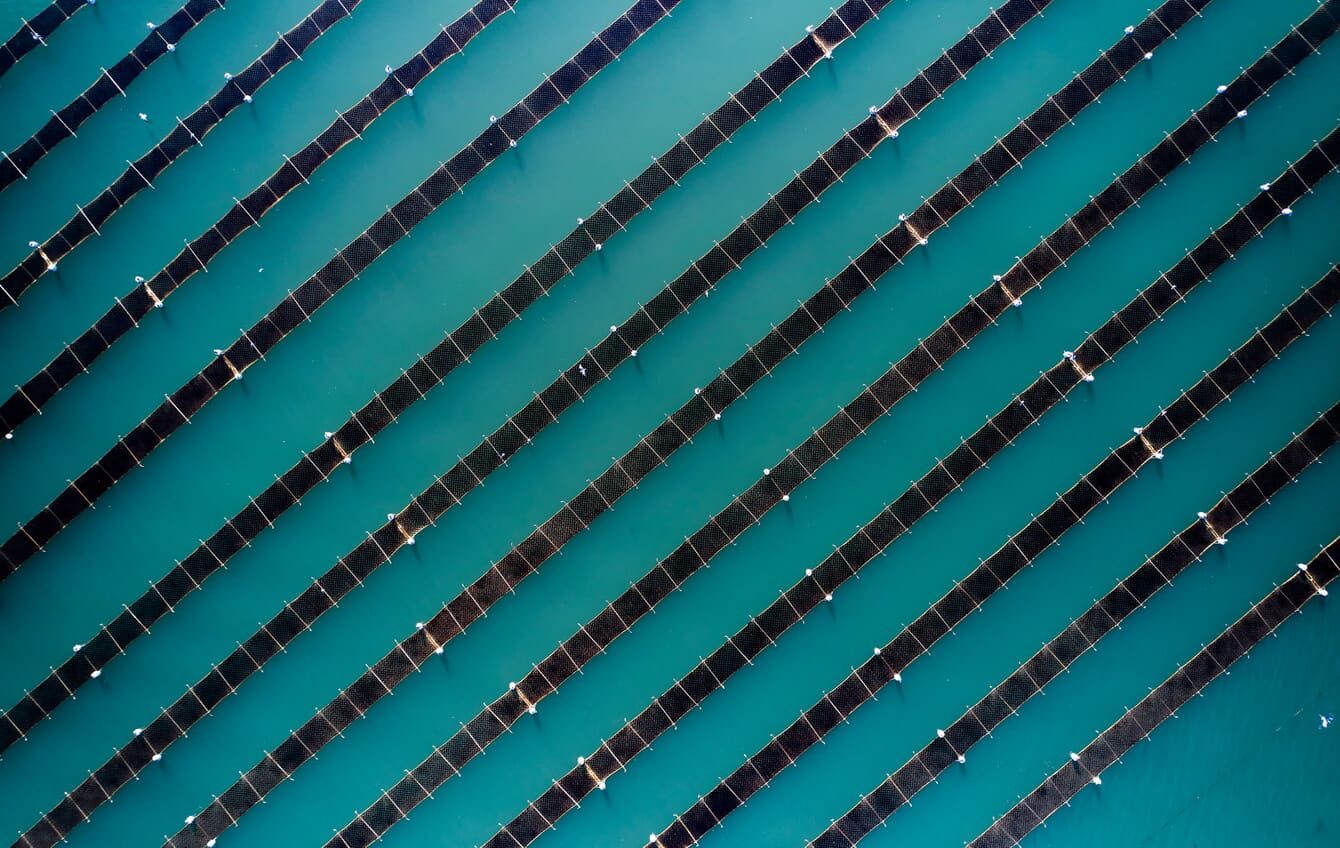
Background
South Korea is the third largest seaweed producer and second largest shellfish producer in the world. In 2018 the country’s annual aquaculture production was nearly 2.3 million tonnes, worth over $3.1 billion. This figure is dominated by seaweed, at 1.7 million tonnes, followed by shellfish, at 417,000 tonnes, while finfish production is around 102,000 tonnes.
Despite the importance of shellfish and seaweeds to South Korea's aquaculture sector, the new study is the first of its kind in the country. The study's authors aimed to evaluate the annual nutrient bioextraction capacities of three major aquacultured seaweed species and two key shellfish species.
“Seaweed and shellfish aquaculture serve ecosystem services through (a) producing primary production and providing structure to support food webs, (b) supplying seafood, and (c) improving the quality of coastal waters. In the present study, we focused only on the third role, improving the environment via removing inorganic and organically bound nutrients from the ecosystem. Seaweed and shellfish aquaculture have been suggested as an efficient way to remediate nutrients from eutrophic waters such as urbanized estuaries. These ecosystem services are now referred to as nutrient bioextraction,” the researchers explain.
“The use of extractive aquaculture technologies for nutrient harvesting could provide the public with water quality improvement at relatively low cost, while providing jobs and the enhancement of natural resources,” they add.
Species selection and results
In terms of the seaweed species the researchers looked into Neopyropia yezoensis, Saccharina japonica and Undaria pinnatifida, as these account for 97 percent of the country’s seaweed production. And, by combining the annual biomass yield of these species with the tissue carbon and nitrogen concentration of each, their nutrient bioextraction capacities were calculated. According to their calculations, the three species captured 24,247, 8,423, and 12,758 tonnes of carbon and 4,088, 732, and 1,244 tonnes of nitrogen, respectively.
In terms of shellfish, the researchers evaluated the impact of Pacific oysters (Crassostrea gigas), which account for 75 percent of South Korea’s shellfish aquaculture sector, and were calculated to remove 14,693 and 1,050 tonnes of carbon and nitrogen respectively. Meanwhile Manila clams (Venerupis philippinarum), which account for 4 percent of the country’s shellfish sector, removed 2,120 tonnes of carbon and 136.5 tonnes of nitrogen.
In total 161,846 tonnes of CO2 and 7,251 tonnes of nitrogen were removed by these three major seaweed species and two shellfish species.
“These values are significant amounts, equivalent to 5.7% of CO2 and 8.6% of N discharged from all wastewater treatment plants in Korea. These results suggest that nutrient bioextraction by aquacultured seaweed and shellfish can be a cost efficient, affordable, and equitable solution for coastal nutrient management programs in Korea and elsewhere,” the researchers write.
The bigger picture
Despite the localised and short-term advantages, however, they note the limitations of the carbon and nitrogen capture performed by these species.
“Seaweeds are known to be an important CO2 and N sink. However, a short life span is the biggest limitation for seaweed to be a good organism for C and N sequestration. Seaweed biomass is mostly used for human consumption, animal feed, and hydrocolloids and therefore, the stored C and N in its tissues may be returned to the environment in a relatively short time period unless the biomass is used in environmentally friendly ways, such as biofuel,” they explain.
In this respect, shellfish do – arguably – have more promise.
“The soft tissue of shellfish also has the same limitation. However, the C and N contained within the mollusk shells can persist long term and these shells are mostly considered as wastes in the marine environment. If properly managed, these shells from shellfish aquaculture can be used as a longterm C and N sink. A proper management strategy may include sinking down the shells into the deep sea burying them in reefs to use the shell as a buffer to neutralize anthropogenic CO2 uptake, therefore providing substantial negative feedback to coastal acidification,” they note.
The researchers also reflect that further studies are needed before the global ecosystem impacts of seaweed and bivalve aquaculture can be assessed.
“It is also important to note that the evaluation of C and N removal in developed countries where seaweed and shellfish aquaculture is in the developmental phase is still needed. Further quantification will also be required if seaweed and shellfish can be incorporated to combat global climate changes,” they conclude.
Further information
The full paper, published in Applied Studies under the title Evaluation of nutrient bioextraction by seaweed and shellfish aquaculture in Korea, is now available.




